Perk Up with 6 Tasteful Malaysian Drinks
Lighten your mood and rejuvenate your senses with 6 must-try Malaysian drinks!
Discover the authentic in Asian cuisine food
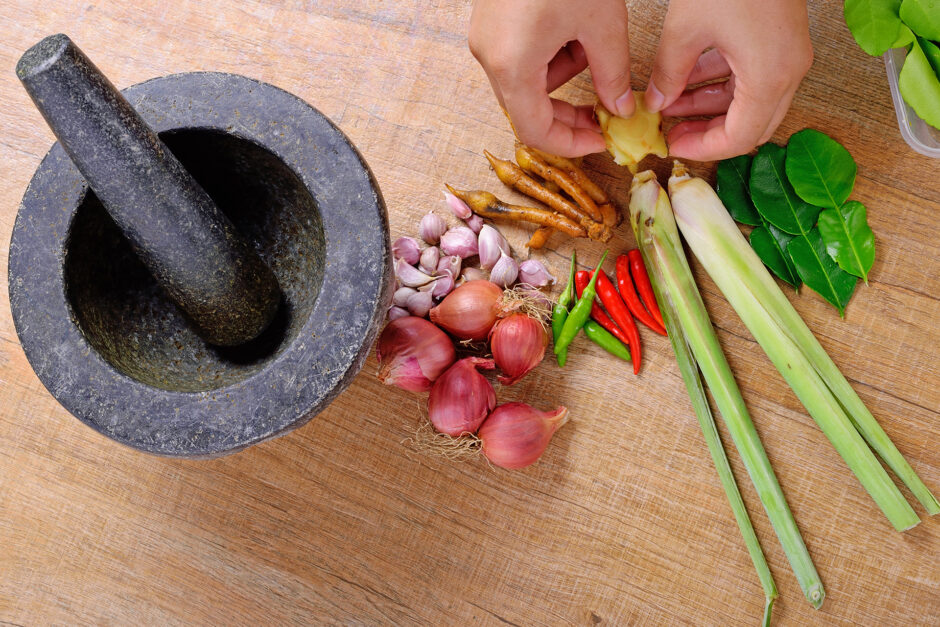
Besides sauces and condiments, herbs and spices are the core of authentic Asian culinary that many of your favourite dishes simply can’t do without. They accentuate the tastes of meat, seafood and veggies, as well as give your cooking that extra zest, umami flavour and defining character. Every Asian culture has its own unique list of these must-have ingredients, and every kitchen from family homes to restaurants keep a stash of them for good measure. You can also find most of them at your local Asian grocer.
So, ready to upgrade and expand your home-cook repertoire? Then get these amazing herbs and spices, and learn how to use them!
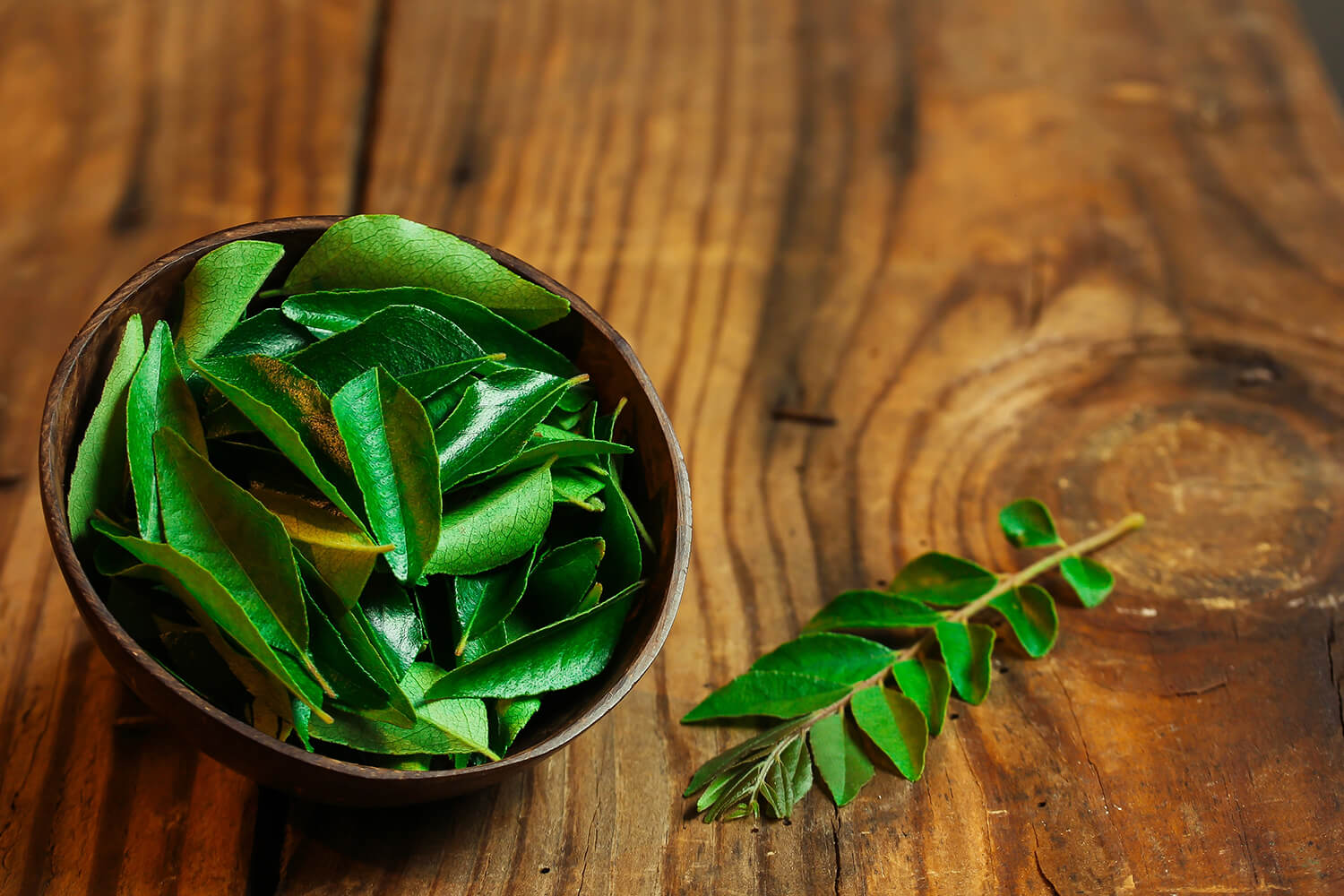
Curry leaves are from the curry plant, native to Asia and especially common in India. Named for its natural sharp and zesty aroma akin to curry powder spice-mixes, they are mainly used as garnishes in Southeast Asian cooking. Often grown in home garden pots. The leaves are enjoyed fresh or sundried, and even powdered like a spice. Topping your curry with a few small sprigs of fresh leaves is enough for a strong, exciting fragrance. Try them in a tangy, spicy Assam fish, creamy chicken and potato curry, or a delicious curry puff delight.
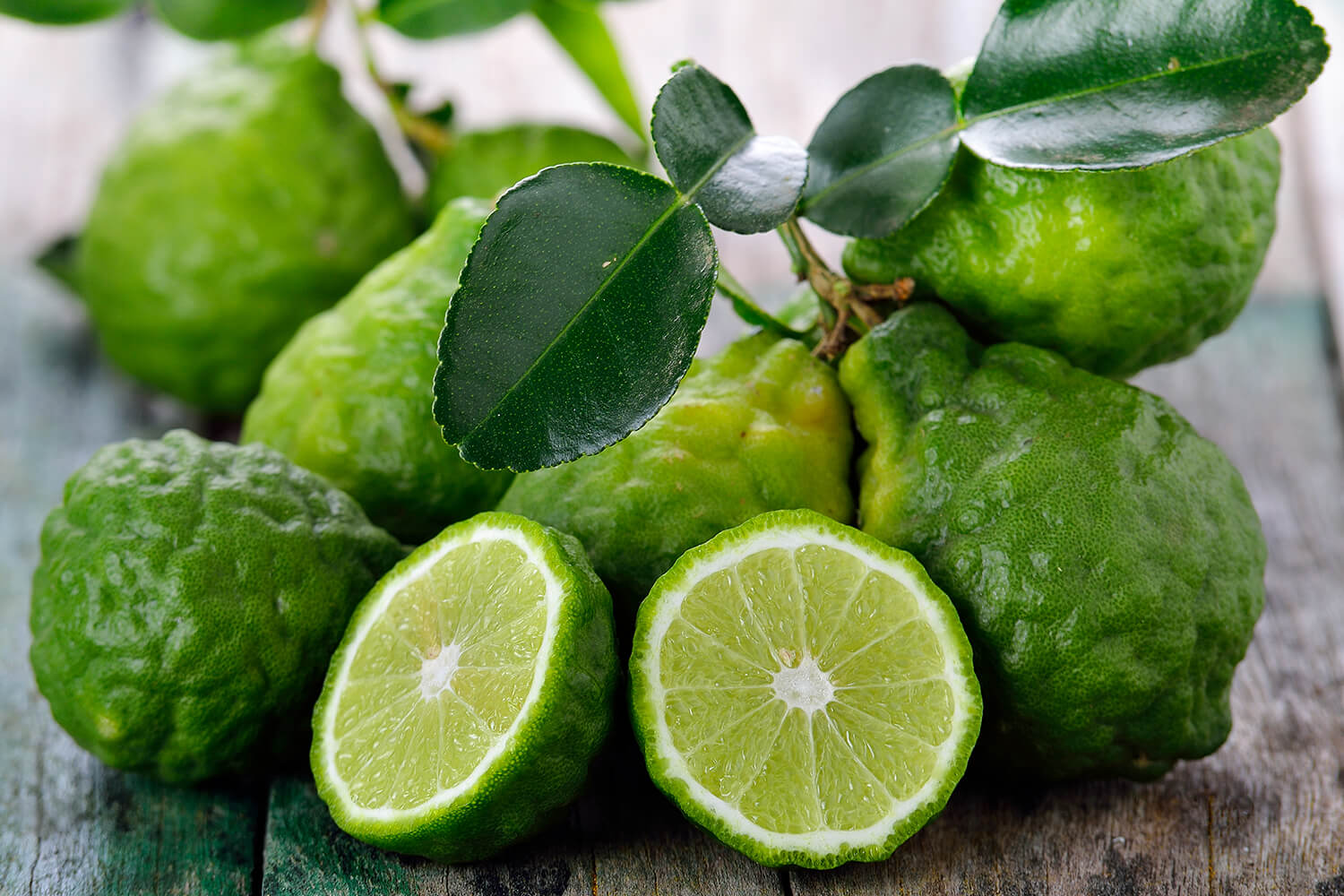
Regular lime leaves are bitter and less aromatic, while kaffir lime has strong citrus sour with floral undertone; and its juice taste like a natural combination of lime, lemon and mandarin orange. Kaffir lime leaves and juice are signature ingredients in Thai cuisine, bringing a fresh citrusy balancer to the spiciness, and alluring fragrance that accentuates the dishes; though the leaves usually not to be eaten. The fruit is also often half-sliced and served as a garnish in Malaysian stir-fries, curries, and seafood delights – to be squeezed for the fresh juice, mixed into the dish. Enjoy them in a mouth-watering fish laksa, spicy Thai green curry, and a smooth coconut soup special.
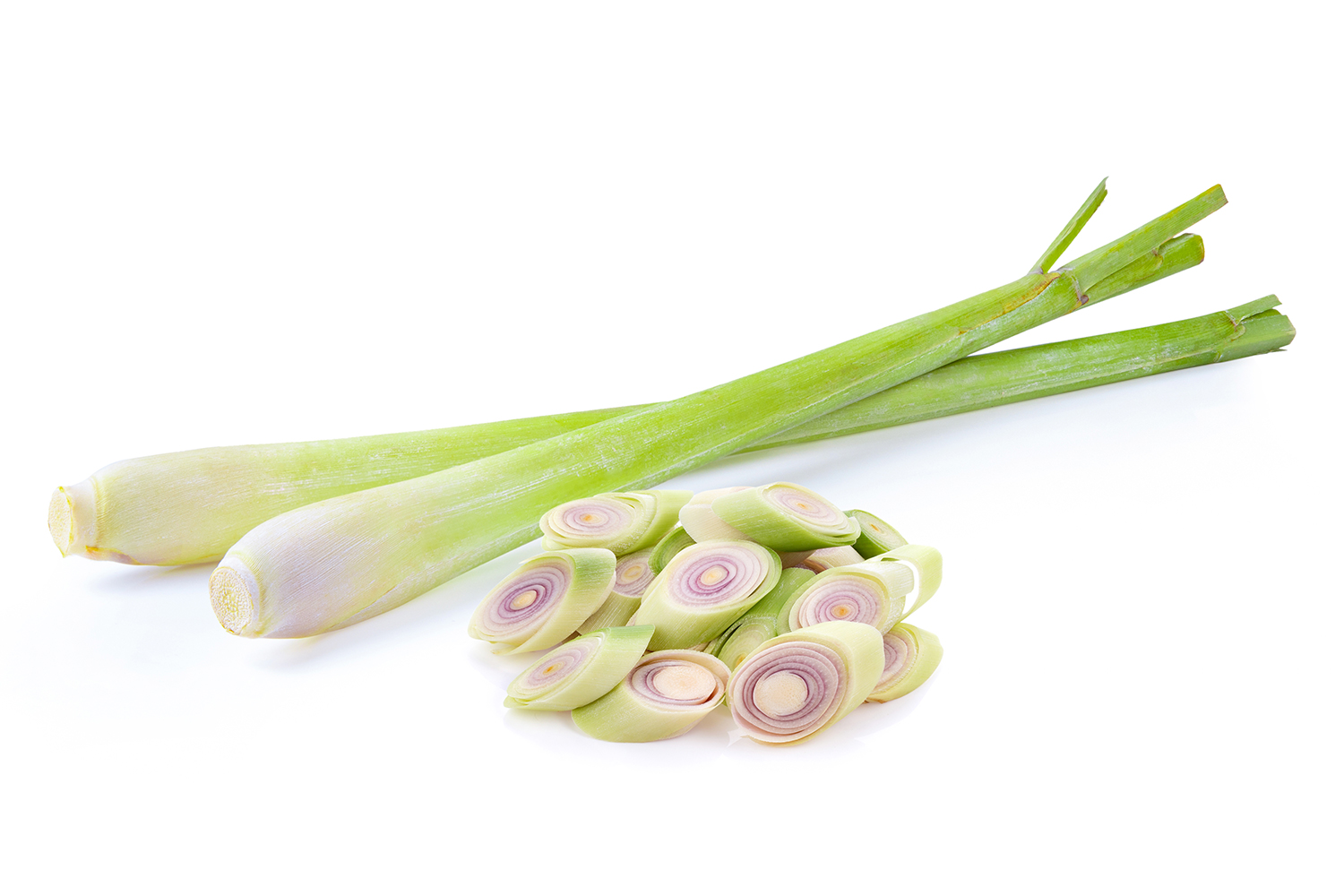
A long-stalked leaf plant shaped like a spring onion but sturdier to touch with a rich citrusy fragrance. The lower part of lemongrass is another ingredient you can’t cook Thai food without. Often ground with other herbs and spices in curry pastes. Cut stalks are also used to add an aromatic tone to curry and soups. It can even flavour your fried chicken or grilled prawns. In Vietnamese cuisine, lemongrass combined with other spices makes yummy meaty broths.
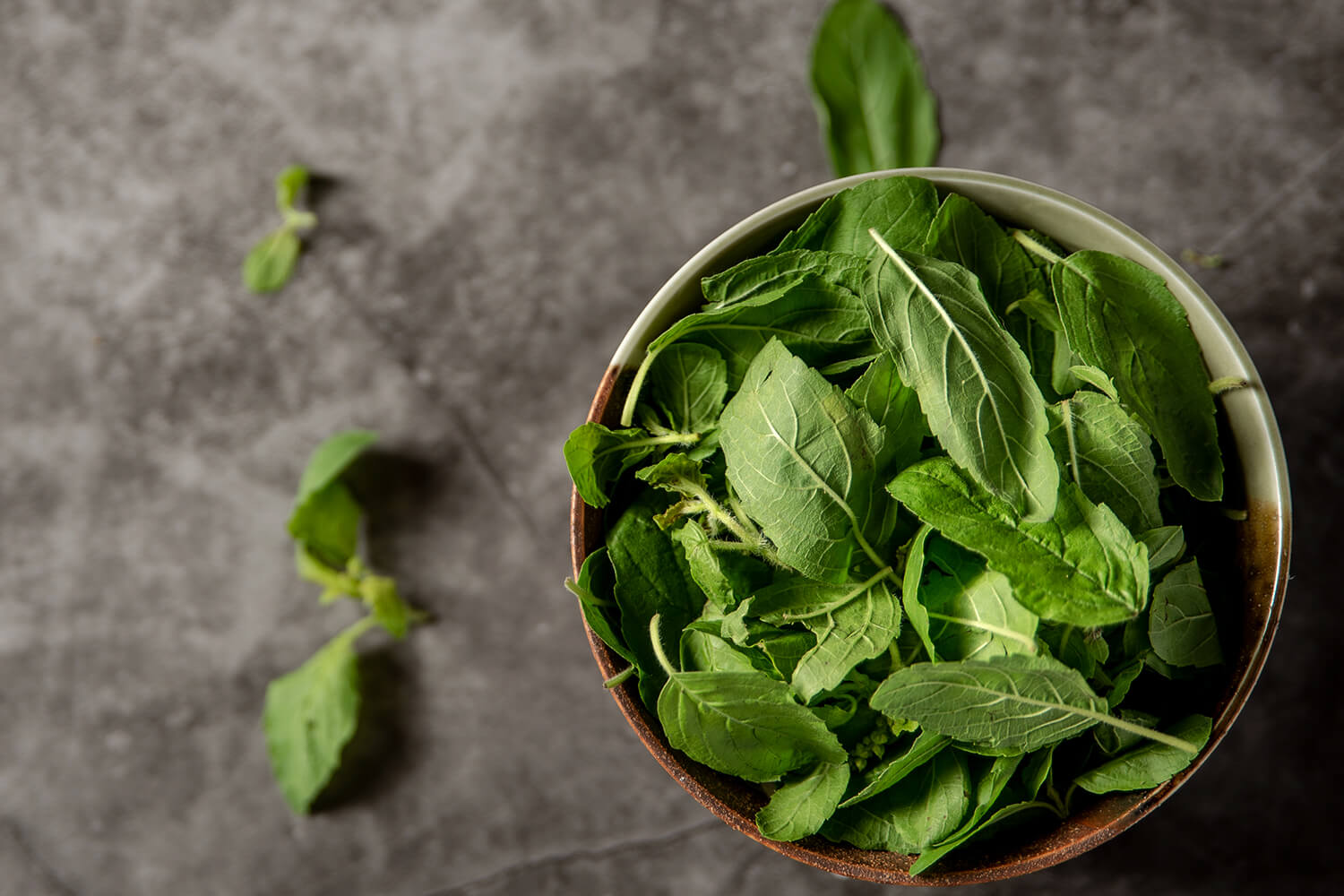
Lightly spicy with a licorice-like flavour, Thai basil is enjoyed in Southeast Asian cuisines. They’re sturdier than sweet basil leaves, and hold up much better when cooked. You can also easily grow them in your home garden. Thai basil brings an aromatic touch to stir-fries, noodle soups, curries, and more.
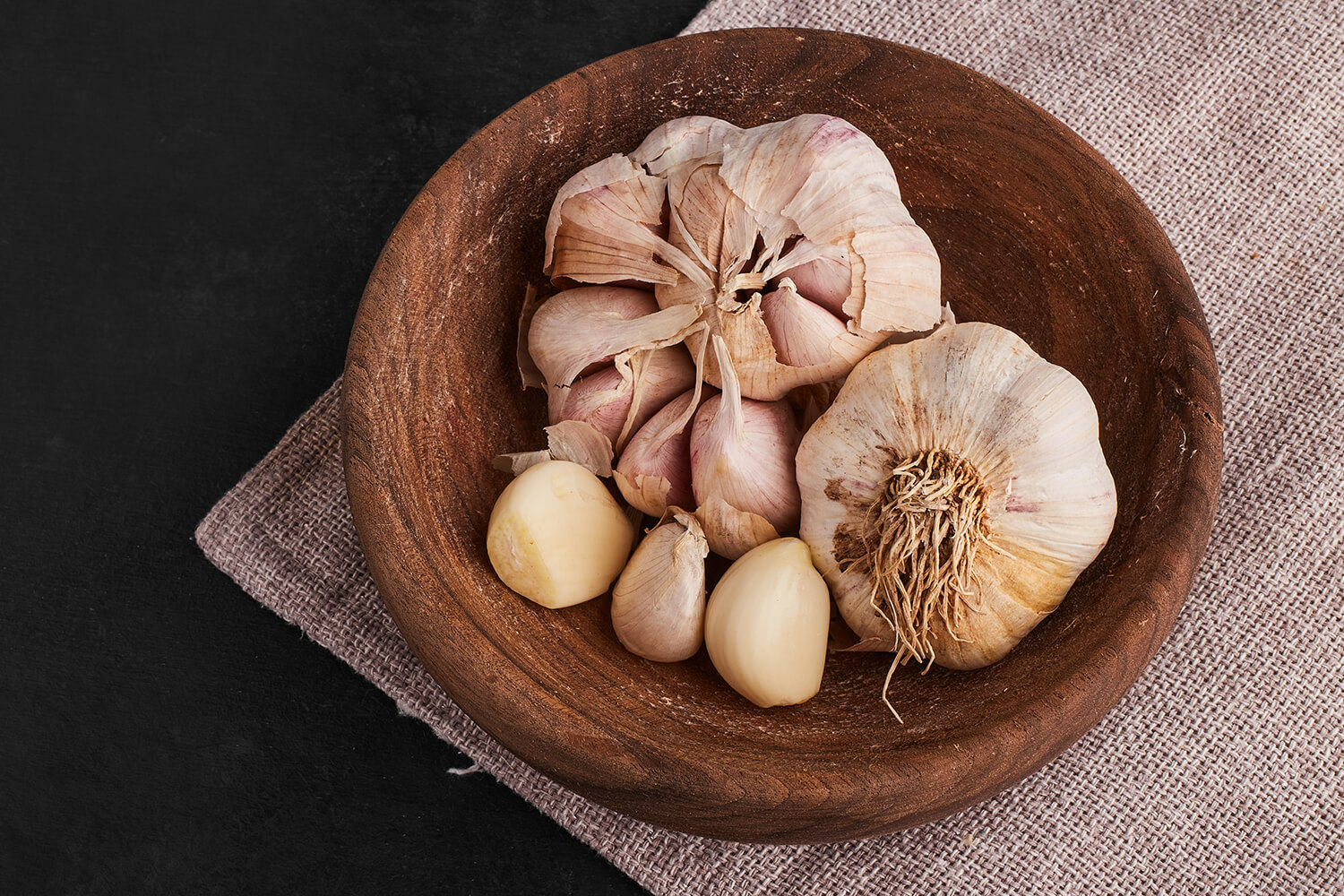
Garlic is probably the most ubiquitous herb in all cuisines around the world and a must-have in Asian cooking. It’s actually a type of onion, and the uniquely earthy, warming and fragrant flavour are super versatile for practically all kinds of dishes, from stir-fries and roasts to stews, soups and many, many more. Just peel off the skin to the white bulb, slice and dice to start cooking!

Reddish skin and much tinier than regular onions, shallots bring a delicate, sweet fragrance to your raw salads and cooked dishes. Finely sliced and deep-fried shallots add an earthy and nutty-like flavour to stir-fries, soups and congees – especially popular in Chinese and Southeast Asian cuisines. Delicious in a great variety of authentic dishes!
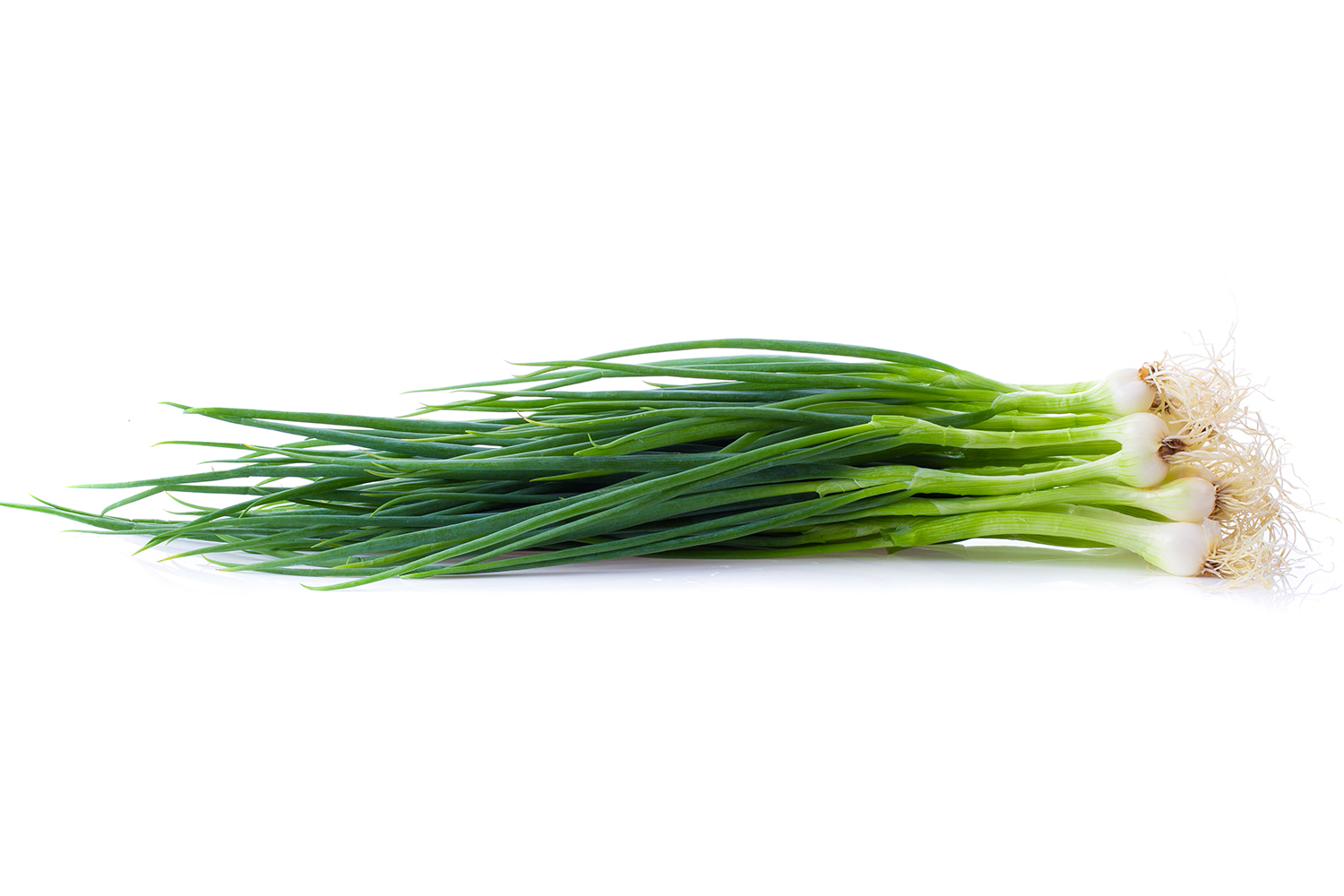
Also known as scallions, and another type of onion, with long edible green leaves and bulb. But Unlike other onions, the flavour is actually centred more in the leaves, especially when stir-fried. Enjoyed as a vegetable in Asian cuisines, with a fresh, sweet, and subtle green aroma and soft crunchy texture. Also diced raw as a garnish that adds appetizing colour and fragrance to pretty much any dish. With seafood like crab and fish, the spring onion’s flavour removes the fishy smell and enriches the meat. Yummy as kimchi too.
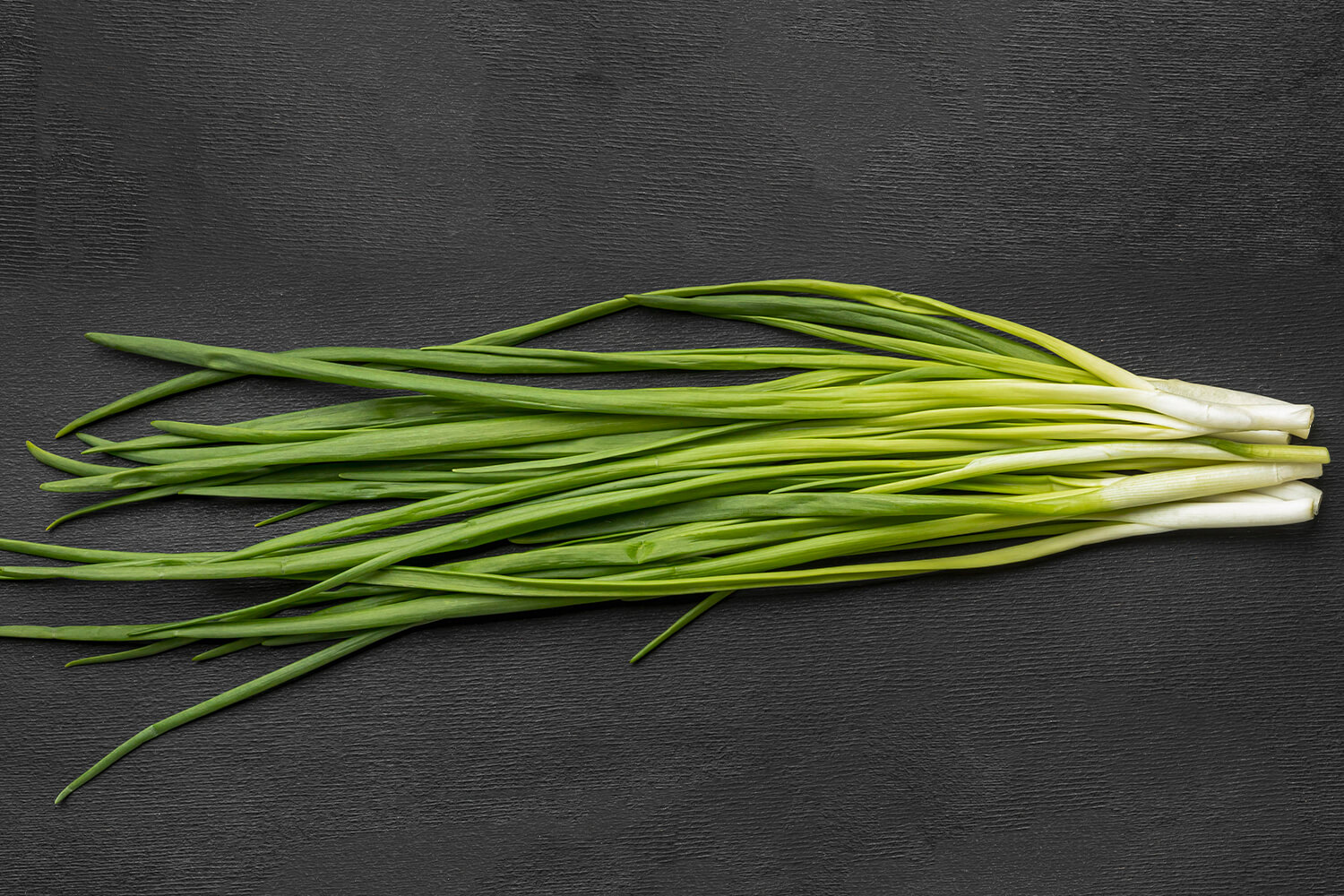
Chives have a mild onion-like flavour that’s similar to leeks. Sometimes used interchangeably with spring onions, though chives have thinner stemmed leaves and a more delicate texture that taste better when eaten raw or stir-fried very briefly. Similar to spring onions, chives are also a favourite aromatic veggie and herb in a myriad of yummy Asian cuisines.
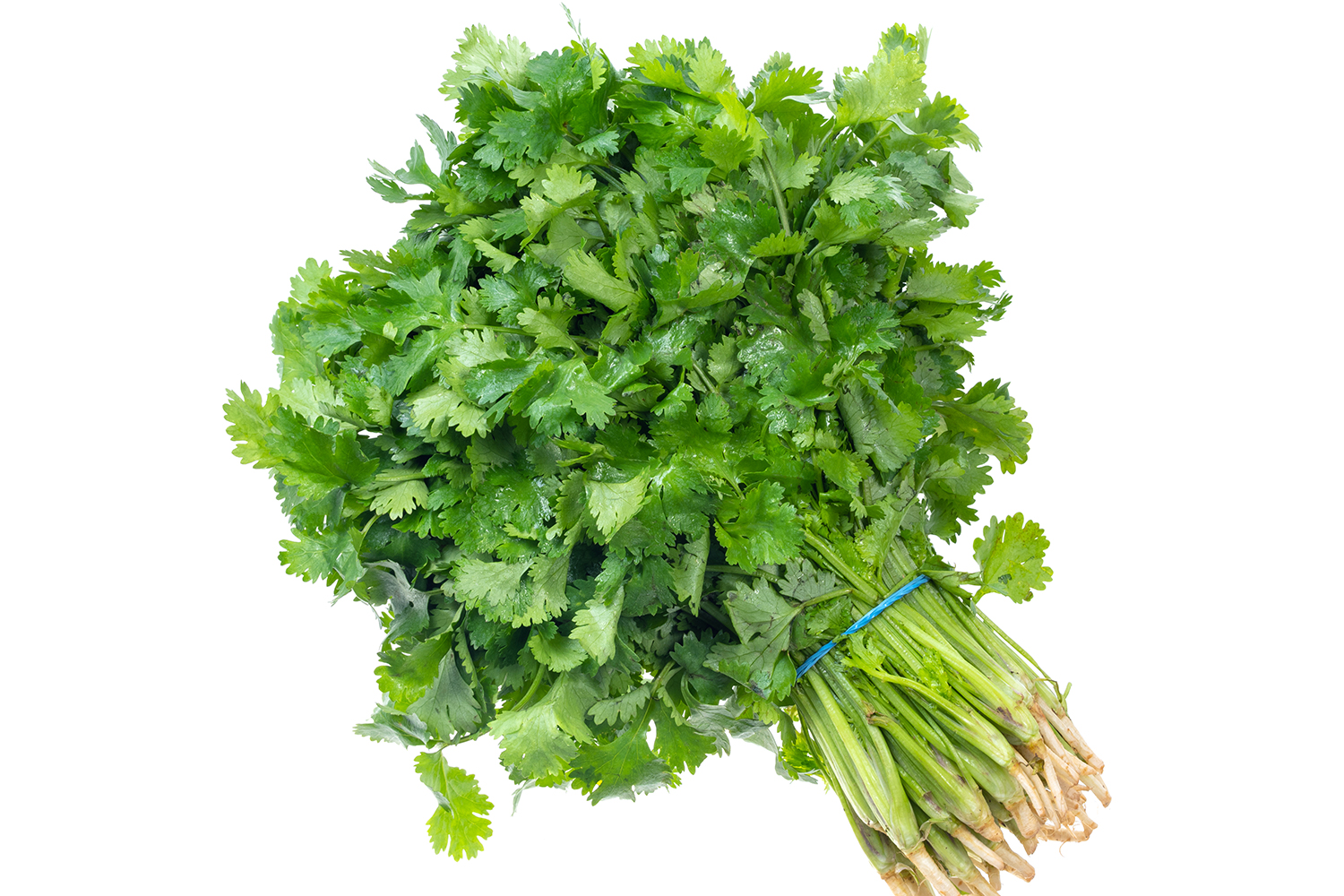
Soft-textured with a mildly spicy aroma and slightly nutty flavour, the tiny green leaves of coriander are mainly used as an edible garnish in Asian cuisines, adding a refreshing colour and taste to all kinds of delicacies and sumptuous delights.
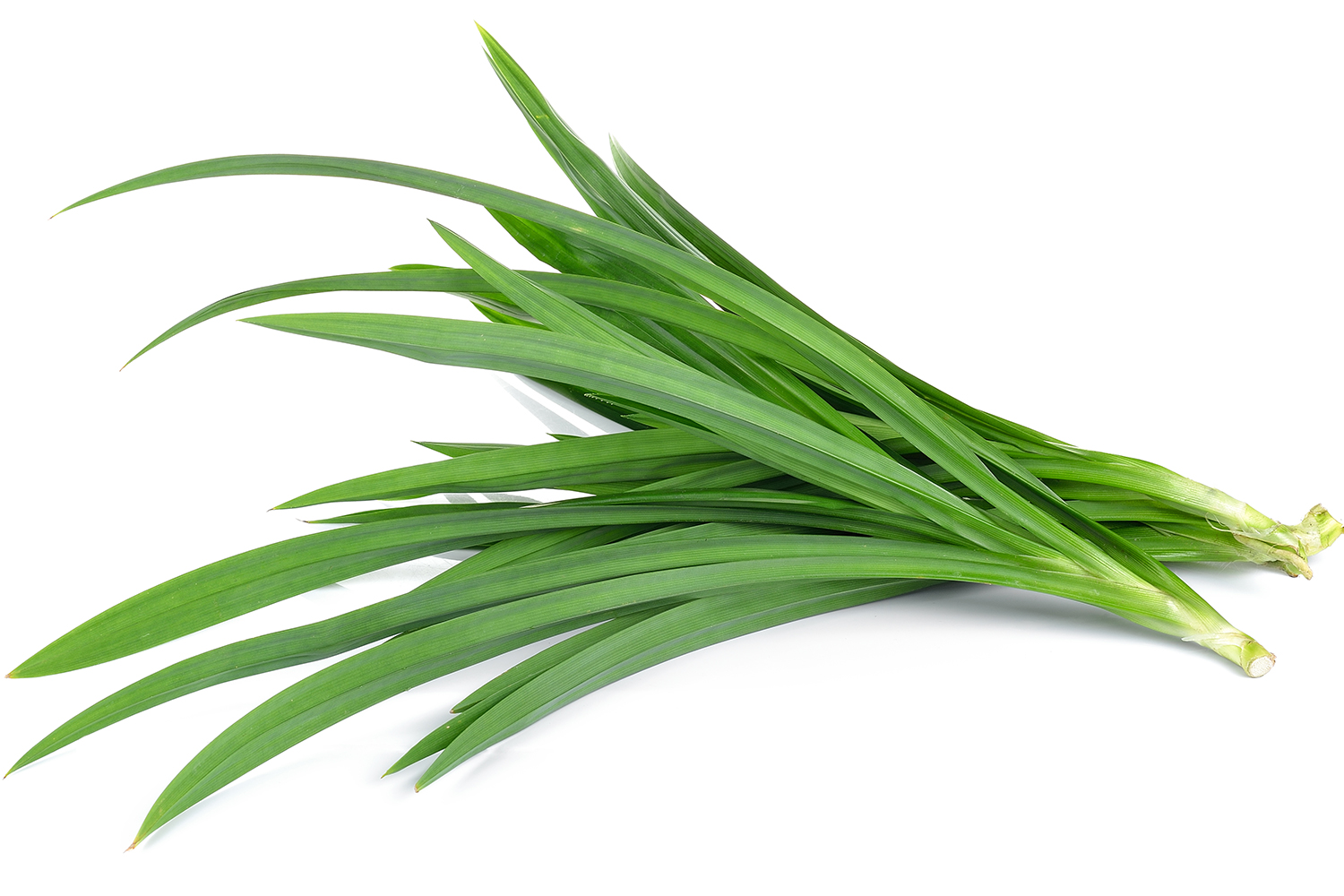
The green long-bladed pandan leaf is a household plant among Southeast Asians. Often cut, tied into a knot, and cooked for its juice as a natural sweetener with a sweet, vanilla-like aroma. The leaves are also cleaned, cut and crushed, then blended with water for a rich paste extract; paired with coconut milk to make Malaysian and Indonesian traditional pastries, Thai desserts, and more. For grills and barbecues, wrap your marinated meats with pandan leaves for a rich, alluring aroma. It has many amazing uses beyond cooking too!

The pungent, bitter and spicy plant root wonder provides warmth and piquant flavour from beverages, pastries and desserts, to marinades, curries and savoury dishes, as well as to remove the fishy smell from seafood ingredients. Peel off the skin, then mince or julienne into thin strips, and add it to your cooking. Young ginger is typically less spicy than mature ones, and you can find both at your local market. Ginger has a long shelf life. You can store unpeeled ginger for up to six months in the fridge or just keep it in a dry, cool spot in your pantry. As a general tip when cooking: split the amount in half, add the first at the start, then the rest near the end. This can help maximize its flavour for more complex and tasty results. High heat cooking such as stir-fry is particularly great in bringing out its lively flavour. There’s also Japanese pickled ginger called Beni Shoga for garnishing sushi. Try a warm and refreshing goji berry ginger tea, this yummy Indonesian dessert, a Vietnamese chicken special, or this classic Chinese stir-fried fish fillet delight.
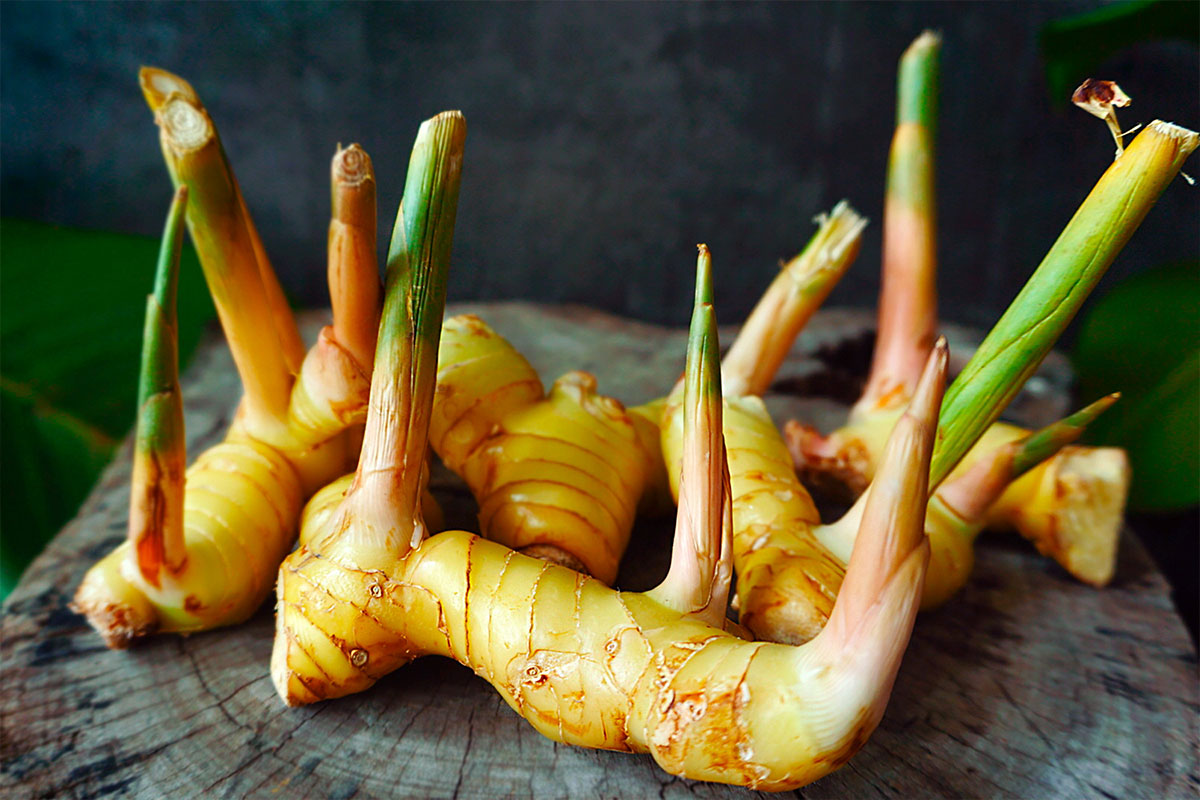
Looks similar to ginger, but an entirely different rhizome, galangal is typically used in Southeast Asian cooking, especially in Thai cuisine. Galangal has a citrusy and more peppery flavour with a herbal note – essential to the zingy, spicy characteristic of Thai soups and curries. Cooking with it is similar to ginger – just peel off the skin, slice it, and add in high heat. Galangal is a must-have ingredient in Tom Yum Goong, Boat Noodles, and Malaysian Sarawak Laksa.

Also a rhizome, but most commonly available in powdered form, this golden-coloured spice tastes earthy, slightly bitter and peppery – ‘responsible’ for the unique hue and flavour of most curry powders, and especially for Thai Yellow Curry, as well as for marinating Malaysian Satay and flavouring Soto soup. It’s usually used in blends and mixes with other spices. Also enjoy it in these award-winning recipes: Northern Thai curry noodles, and Malaysian grilled fish cake Otak-otak.
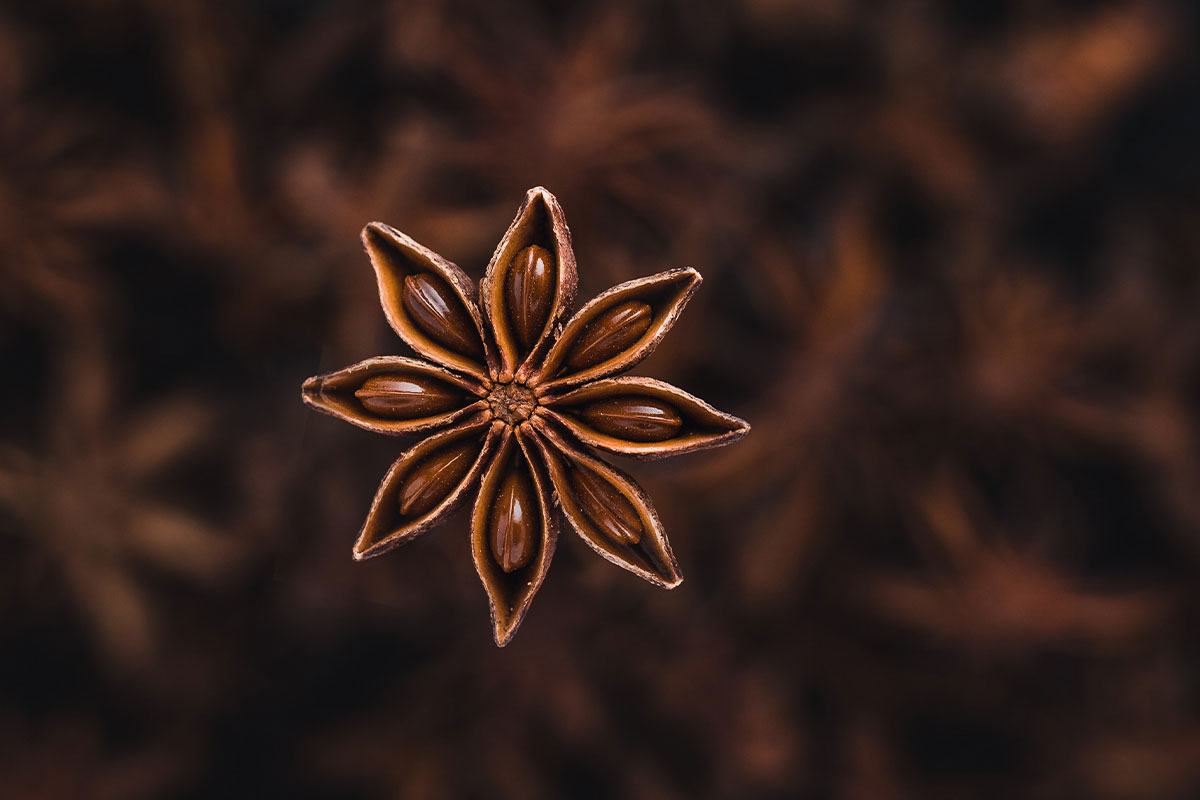
The dried pod seed of the tree Illicium Verum, native to northeast Vietnam and southwest China, Star Anise tastes similar to fennel or licorice and is often used whole in most recipes for extra fragrance and subtle sweetness, or as a garnish. One or two is enough for sumptuous braised meat dishes, like this beef ribs delight or this Shanghai pork belly special. Also a key ingredient in Chinese five-spice powder.

The dried inner bark of a tropical evergreen tree, with a superbly sweet and savoury fragrance, cinnamon comes in sticks. There are actually two types: Sri Lankan cinnamon sticks are brittle and light brown, more commonly used in Western cuisines; while Chinese Cassia sticks are thicker, coarser, darker in colour, and with a much stronger flavour. The latter is usually added in spicy dishes such as Indian curries, and braised meat delights in Chinese cooking and Vietnamese Pho. To use, just break the stick and add it to your cooking, or ground it to powder for marinades, such as this Indonesian barbie delight and this yummy Korean pancake. Also try it in this spicy and umami Sichuan braised lamb, or our vegetarian Pho special.

The dried flower buds of a tropical tree, native to the Indonesian Molucca Islands, cloves have a strong sweet and warm aroma, with a bitter, astringent flavour; used whole or ground along with other spices in Asian meat dishes. Absolutely essential in Malaysian chicken Rendang, chicken curry, Thai Massaman Curry Paste, and an ingredient in Chinese five-spice powder.

Cardamom pods have a herbal, pine-like, and slightly sweet fragrance; used whole or crushed in spicy and savoury dishes, as well as marinades. Try it in this sumptuous smoked pork ribs special, or go mouth-watering spicy with this classic Malaysian tomato chicken favourite.
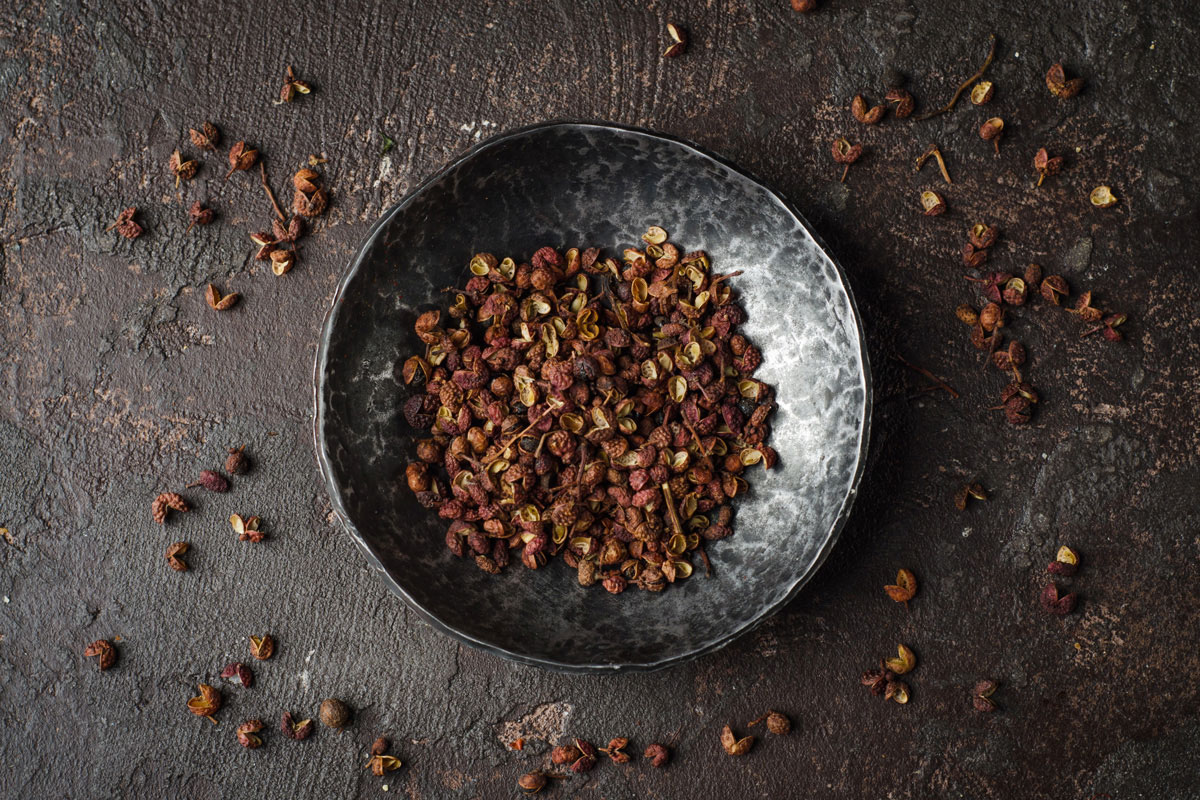
Before the introduction of chilli peppers, Sichuan peppercorn was the primary ‘source’ of Chinese spiciness; and unlike the fiery, zesty hotness of chilli, this is the kind that gives a deep warmth from your mouth down to your belly. Sichuan peppercorns are still used today, and have long since spread to other Asian cuisines such as Thai and Vietnamese cooking; often used in tandem with other spices for extra layers of hotness, or for the subtle spicy fragrance in Chinese meat-and-bone soups. But the dishes that are absolutely defined by Sichuan peppercorns are Ma Po Tofu and Kung Pao chicken. Also, try it with this Korean oxtail soup special.
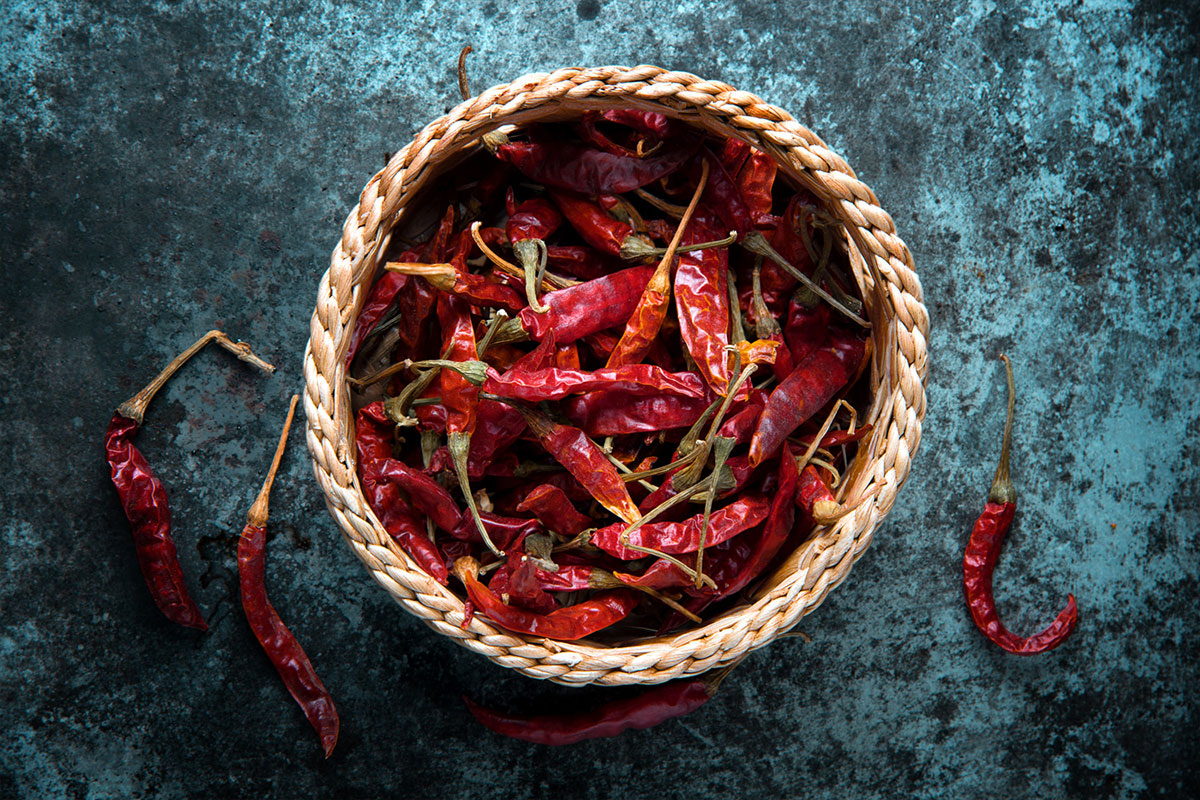
Unlike the fresh ones or the bird’s eye chilli, dried chillis are more for that extra spicy fragrance in dishes, often to complement or enhance rather than the main flavour; yet without these, the dishes may lose their richness as well. It’s primarily a way to preserve chilli, and a must-have ingredient to make the spicy Northern Thai sauce Nam Prik Ong. Savour it in a Thai beef salad, this stir-fried Korean chicken delight, or an Indonesian egg stew special.
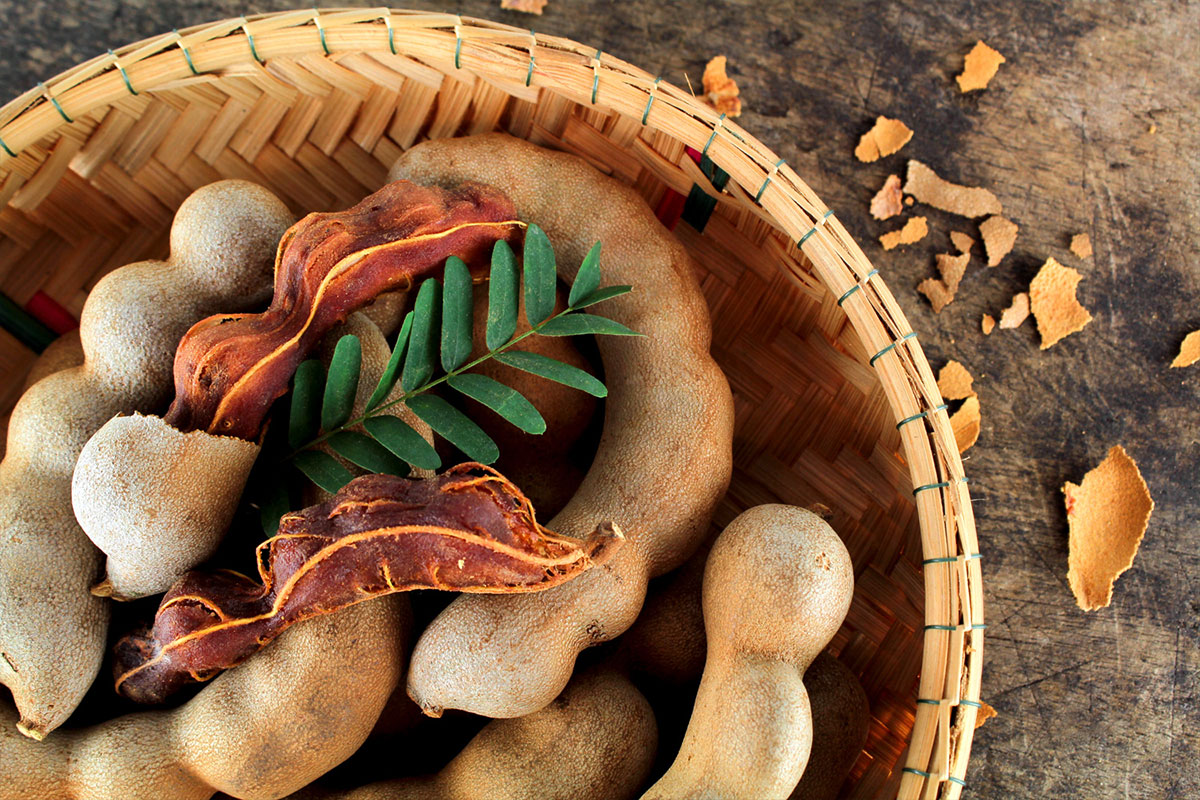
Known as ‘Assam’ in Malay, meaning ‘acidic’ or ‘sour’, tamarind is a pod-like fruit with a rich tangy flavour; most commonly available in puree form. Best used in combination with other spicy ingredients, and especially amazing for cooking fish or seafood dishes, as well as the defining ingredient in Malaysian Assam Laksa. Try it in this Balinese fish favourite, this mouth-watering Thai grilled prawn delight, or our special Pad Thai recipe.

Lighten your mood and rejuvenate your senses with 6 must-try Malaysian drinks!

Pair your hearty barbecues with these refreshing Asian delights!

What are the properties of ginger, and how to pick, store and use ginger in your cooking? Find out here!